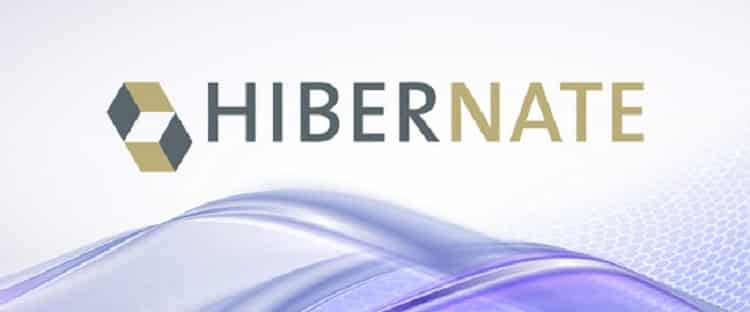JDBC or Java Database Connectivity was previously used to connect a database to a Java application. But it gave rise to a lot of problems and required many lines of coding to make the connectivity which was time-consuming and used to take up memory space and slow down processing time quite a lot. This crisis gave rise to ORM or Object Relational Mapping. ORM helped developers immensely by connecting object-oriented applications with databases through a fast and easy implementation. Only a few lines of codes were not enough to establish the connectivity. To avail this ORM feature in Java, there are many ORM frameworks or Java tools available and out of all of them, Hibernate ORM is the most popular and complete offing an all-around solution.
What Does Hibernate ORM do?
The main function of Hibernate ORM is to map Java classes to database tables and Java data types to SQL data types. It is also used for writing data queries and retrieving result sets. Hibernate ORM solves the issue of the traditional object and relational impedance mismatch issue. The issue was due to the fact that an object in an object-oriented application follows object-oriented programming principle while an object in the background database follows database normalization and hence, this gave rise to a mismatch. Hibernate or ORMs follow mapping principles which control which Java object of the class will store data in which database table. Hibernate has its own query language which is inspired by SQL and it is often referred to as the object-oriented SQL. That main difference SQL between and HQL is that HQL is database independent and hence, it is great for maintenance as the change in the database name won’t affect the code and there is no need of modifying it by any means. HQL is considered to be more powerful than SQL as there are additional features like dynamic profiling, pagination and it is instrumental in the development of the main principles of object-oriented programming like inheritance and polymorphism.
Advantages Of Hibernate ORM –
Hibernate ORM not only solves the mismatch issue by connecting object-oriented classes with relational databases using XML mapping file but it also provides a complete control over the Java application as well as the database design.
Persistence – Hibernate ORM has transparent persistence by the property of which the connection between objects and database tables is established automatically. In other words, the developers do not have to write lines of code they used to write in JDFC to make the connection. Therefore, the development time, as well as support and maintenance, become extremely easy.
Independency – Hibernate Query Language can be written independently of the database name. Hibernate ORM is enabled to connect to all the popular databases like MySQL, Oracle, FB2 and likewise. This independence is achieved by changing a parameter called database dialect in the database configuration file.
Caching – The caching mechanism is one of the biggest highlights of Hibernate ORM. There is two-level caching mechanism due to which the performance of the application is robust and it becomes scalable to handle heavy loads. The first level cache is for session objects and the second level cache is for Session Factory object. The caching mechanism keeps the objects in the memory so that there is no repeated calls and operations performance in the database for the same object. This keeps the database operations to the minimum and the application becomes super fast.
Multiple Transactions – Hibernate ORM has a locking mechanism thanks to version property feature which enables an application to have multiple transactions and it does not affect the application performance. There is no chance of conflict when multiple transactions try to access the same object at the same time. According to the optimistic locking mechanism, the user who commits the changes first gets the priority. The other transactions in the line will get an error message and they have to restart the process.
Where Is It Used For – Hibernate Over JDBC –
Hibernate is used as an alternative to JDBC. In JDBC, the programmer has to write code for mapping while on Hibernate, the mapping is done automatically itself. JDFC has object-relational impedance mismatch issue due to data type differences, structural, transactional, and integrity differences. Hibernate enables developers to migrate from one database to another seamlessly as HQL is not dependent on the database. Even it requires minimal changes to add new columns or making modifications. Furthermore, it reduces the practice of repeating lines.
Applications –
Hibernate ORM is a very powerful and flexible framework which is capable of letting developers develop simple to complication applications and it is perfectly capable of handling high loads with ease. It is used in Java applications and Java EE applications. It is used through the servlet, JBI service, and EJB session beans. Hibernate ORM can also be used in other object-oriented programming languages.

